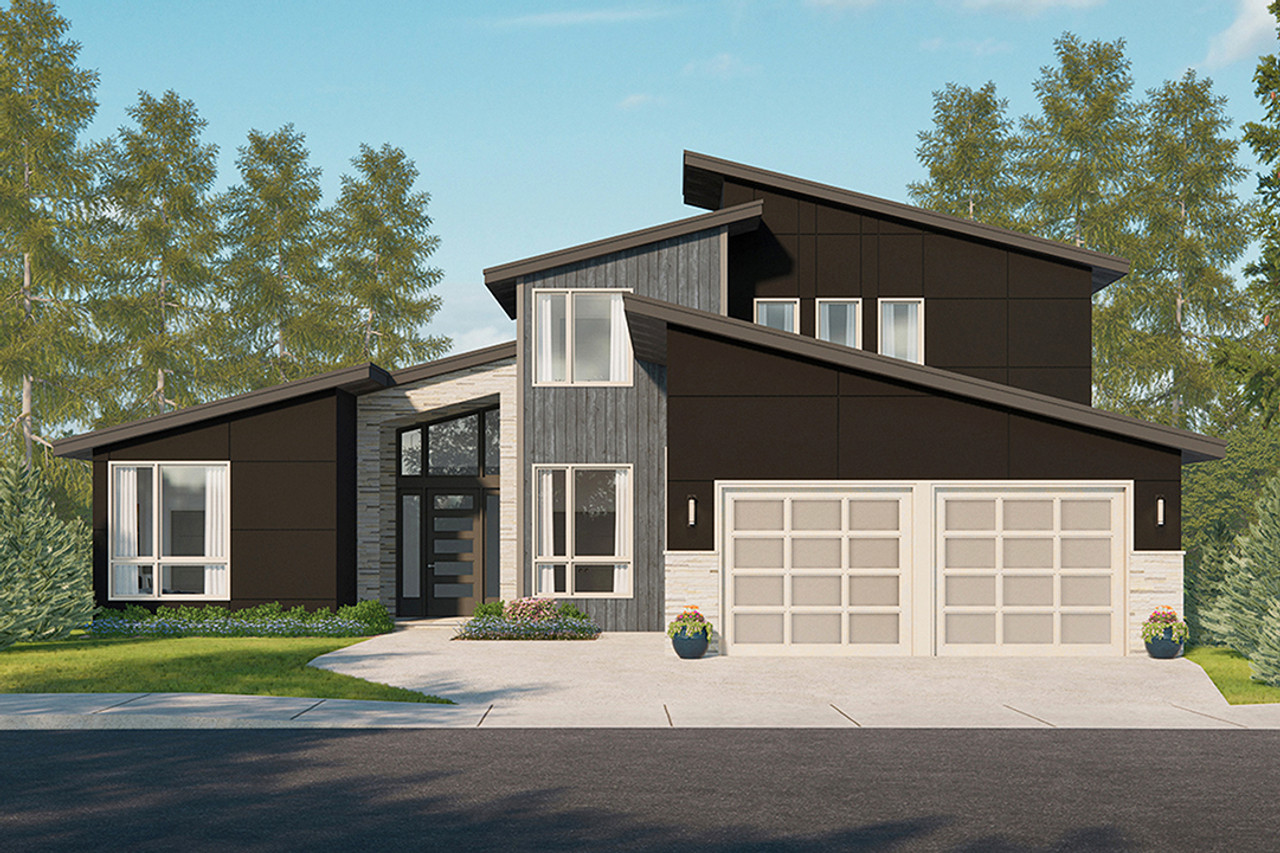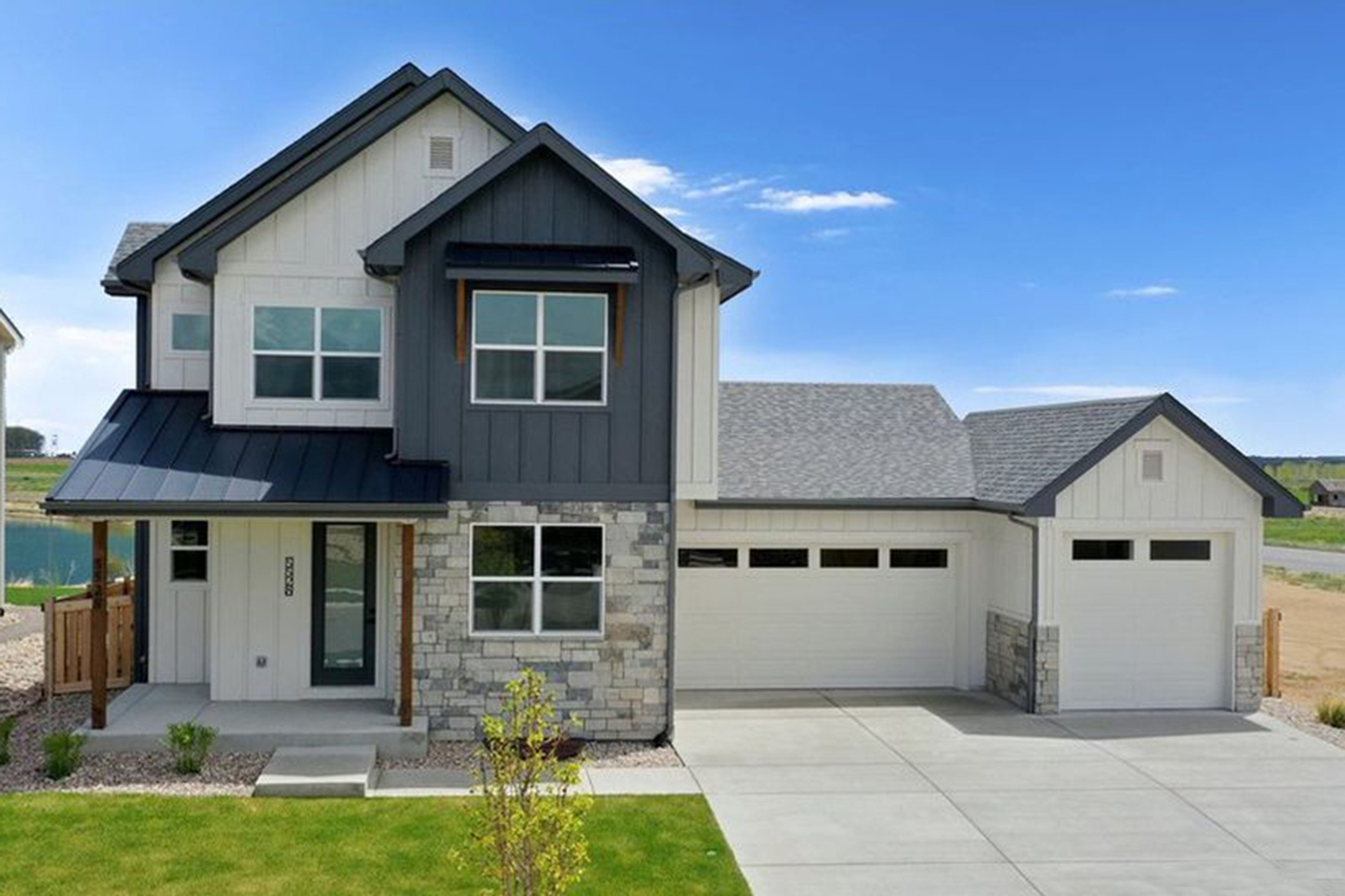The concept of in-law apartments, also known as accessory dwelling units (ADUs), casitas, or granny flats, has gained significant popularity in the realm of single-family home design. These spaces offer a unique solution to changing family dynamics, providing flexibility, privacy, and independence for both homeowners and their extended families. In this article, we'll explore what an in-law apartment entails, the benefits it brings to homeowners, and important considerations to keep in mind when incorporating this feature into home design.
What is an In-Law Apartment?
An in-law apartment is a self-contained living space within or attached to a single-family home. It typically includes a private bedroom, bathroom, kitchenette, and living area, and may have its own separate entrance. These units are designed to accommodate older relatives, adult children, or guests while providing a degree of privacy and independence.
In-law apartments can vary widely in size and layout, ranging from converted basements or garages to purpose-built additions or separate cottages on the property. The key defining feature is their self-sufficiency, allowing occupants to live comfortably without disrupting the main household.
Exploring the Three Types of In-Law Apartments
In-law apartments can be integrated into single-family home designs in three primary ways:
Self-Contained Space Within the Home
This type of in-law apartment is located entirely within the existing footprint of the main house. It may involve converting underutilized areas such as basements, attics, or bonus rooms into a separate living space with its own amenities.
Benefits:
- Cost-Effective: Utilizing existing space within the home can be more cost-effective compared to building an addition or detached structure.
- Convenience: Residents have direct access to shared household amenities like laundry facilities and utilities.
- Integration: The apartment blends seamlessly with the main house's architectural style and design.
Considerations:
- Space Limitations: The size and layout of the apartment may be constrained by the existing structure.
- Privacy: Ensuring sufficient privacy for both the main household and apartment residents may require thoughtful design and layout adjustments.
Attached Apartment
An attached in-law apartment is physically connected to the main house but has a distinct and separate entrance. It often involves building an addition to the main structure, such as converting a garage or adding a wing to the house.
Benefits:
- Accessibility: Residents enjoy easy access to both the main house and the apartment.
- Privacy: The apartment can be designed with enhanced privacy while remaining connected to the main household.
- Design Flexibility: Homeowners have more flexibility in customizing the layout and amenities of the attached apartment.
Considerations:
- Construction Costs: Building an addition can be more expensive than interior renovations.
- Zoning Regulations: Check local regulations regarding setbacks and building codes for additions.
Detached Accessory Dwelling Unit (ADU)
A detached ADU is a standalone structure located on the same property as the main house. It functions as a separate living space and typically includes its own entrance, kitchen, bathroom, and living area.
Benefits:
- Privacy and Independence: Offers the highest degree of privacy and independence for both main house residents and ADU occupants.
- Rental Opportunity: Can serve as a rental unit to generate additional income for homeowners.
- Flexible Use: ADUs can be repurposed for various needs over time, such as a home office or guest house.
Considerations:
- Cost and Permits: Building a new structure involves additional costs and permitting requirements.
- Site Planning: Ensure the ADU complements the main house and adheres to zoning regulations regarding setbacks and lot coverage.
Benefits of Having an In-Law Apartment
Multigenerational Living: One of the primary drivers behind the popularity of in-law apartments is the rise in multigenerational households. With aging populations and changing family structures, many homeowners are opting to have their elderly parents or adult children live with them. An in-law apartment offers a private space for these family members while maintaining close proximity.
Increased Property Value: Homes with in-law apartments tend to have higher resale value and marketability. These additional living spaces appeal to a broader range of buyers, including those seeking rental income or multigenerational living arrangements.
Rental Income: Homeowners can use the in-law apartment as a rental unit to generate additional income. Renting out the space can offset mortgage payments or contribute to household expenses.
Flexibility: The presence of an in-law apartment provides flexibility for changing life circumstances. It can serve as a guest suite, home office, or studio when not occupied by family members.
Privacy and Independence: For both hosts and guests, an in-law apartment offers privacy and independence. Aging parents can maintain their autonomy while benefiting from proximity to family support.
Considerations for Homeowners
When planning or designing an in-law apartment, homeowners should consider several important factors to ensure functionality, comfort, and compliance with local regulations:
Zoning and Regulations: Check local zoning laws and building codes to understand requirements for accessory dwelling units. Some areas have specific regulations regarding size, parking, and rental restrictions.
- Accessibility: Design the apartment with accessibility in mind, especially if intended for elderly occupants. Consider features like step-free entryways, wider doorways, lever-style handles, and accessible bathroom fixtures.
- Privacy and Soundproofing: Ensure sufficient separation between the main house and the in-law apartment to maintain privacy for both parties. Use soundproofing materials to minimize noise transmission between the two spaces.
- Utility Connections: Determine how utilities (water, electricity, HVAC) will be shared or separately metered between the main house and the apartment. Separate connections may be necessary for optimal efficiency and billing.
- Design for Aging in Place: If the apartment will house elderly family members, incorporate features that support aging in place, such as grab bars, non-slip flooring, and walk-in showers.
- Natural Light and Ventilation: Maximize natural light and ventilation within the apartment to create a bright and inviting living space. Consider large windows, skylights, and efficient airflow design.
- Kitchenette and Amenities: Include a well-equipped kitchenette with essential appliances (fridge, microwave, cooktop) to provide autonomy for occupants. Consider laundry facilities and storage space as well.
- Outdoor Access and Privacy: Provide private outdoor space or access to shared outdoor areas, depending on the layout and location of the in-law apartment.
- Future Flexibility: Design the space to be adaptable to changing needs. Consider options for converting the apartment into a standalone rental unit or integrating it back into the main house if circumstances change.
- Architectural Harmony: Ensure that the design of the in-law apartment complements the overall aesthetics and architecture of the main house for a cohesive look and feel.
The trend of incorporating in-law apartments into single-family home designs reflects a growing demand for adaptable living spaces that cater to evolving family dynamics and lifestyle preferences. These self-contained units offer numerous benefits, from facilitating multigenerational living to providing rental income and increasing property value.
For homeowners considering adding an in-law apartment to their property, thoughtful planning and attention to design considerations are key. By addressing zoning regulations, accessibility, privacy concerns, and functional amenities, homeowners can create a harmonious living environment that enhances both their quality of life and the long-term value of their home. Ultimately, in-law apartments exemplify a modern approach to home design that embraces flexibility, functionality, and inclusivity in family living arrangements.



